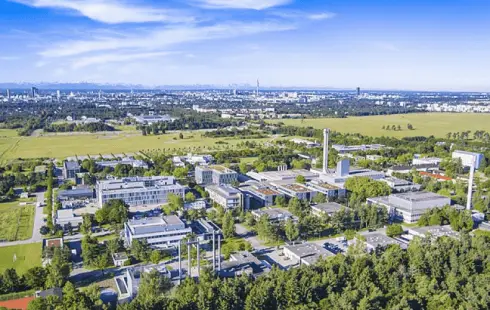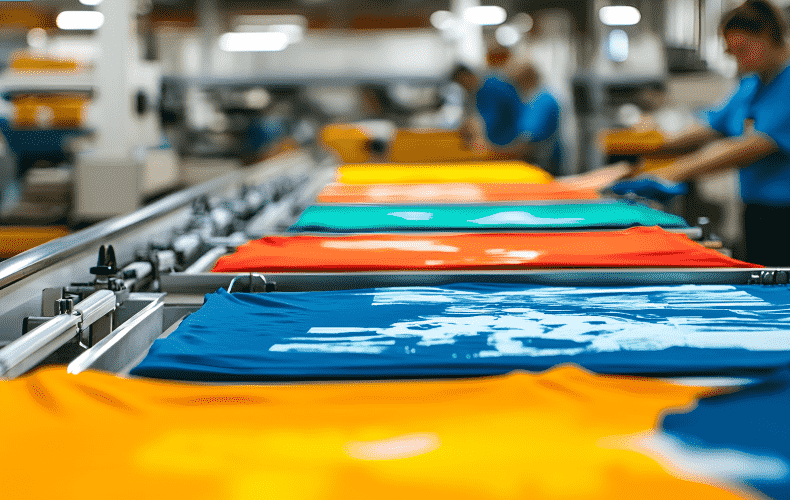
Ethical Innovation in iGaming: Why Social Responsibility is a Growth Driver for Soft2Bet
Section: Arts
 The Helmholtz Pioneer Campus was officially opened today under the motto "Engineering the Future of Medicine". The commissioning of this new, state-of-the-art research building is a significant milestone for the up-and-coming talents of medical research and development.
The Helmholtz Pioneer Campus was officially opened today under the motto "Engineering the Future of Medicine". The commissioning of this new, state-of-the-art research building is a significant milestone for the up-and-coming talents of medical research and development.
The new building combines open interior design, co-working spaces and high-tech laboratory areas to promote young and innovative top scientists. Highly qualified researchers from all over the world work across various disciplines and research areas at the Helmholtz Pioneer Campus. For example, they combine artificial intelligence with biomedicine and engineering with the multi-award-winning diabetes research at Helmholtz Munich. This results in new cutting-edge technologies that will give undreamt-of impetus to medical research. Up to 20 pioneer groups and start-ups with a total of 200 jobs can now move into the new building. This outstanding, new research infrastructure in the pulsating Munich area will open further doors to promote internationally networked cutting-edge research in Germany.
Prof. Matthias Tschöp, CEO of Helmholtz Munich and founding director of the Pioneer Campus, underscores the importance for Helmholtz Munich: "With the Pioneer Campus, we are bringing the world's best young talents to Munich, who work interdisciplinary on groundbreaking innovations and new technologies. As a result, the Pioneer Campus not only brings biomedical research to the patient more quickly as an accelerator, the Pioneer Campus is also becoming a world-class game changer."
Prof. Otmar Wiestler, President of the Helmholtz Association, adds: "The Pioneer Campus is a lighthouse project in the Helmholtz Association. Here we want to bring talent together to push the boundaries of health research and implement unconventional ideas."
Markus Blume, Bavarian Minister of State for Science and Art, explains at the opening event: "The Helmholtz Pioneer Campus impresses with its wonderful architecture and a wonderful view of the Alps and the Allianz Arena - a unique setting for outstanding research, for home and high-tech! The Helmholtz Association is the perfect partner for Bavaria. Together we have the will to shape progress. Together we are entering a new era: Helmholtz is also on board with our alliance for cutting-edge medicine in Munich 'M1 - Munich Medicine Alliance'. We'll tackle it!"
Judith Pirscher, State Secretary in the Federal Ministry of Education and Research, emphasizes the importance of the Pioneer Campus: "Translation needs new approaches and researchers who cooperate across disciplines. As the Ministry of Opportunities, we want to enable these new perspectives on medical research. Exactly this exchange between top scientists happens here at the Pioneer Campus. That is why the Federal Government is providing 90 percent of this unique concept as part of the institutional funding for the Helmholtz Centers and has also financed 55 percent of the new building."
Biomedicine meets artificial intelligence and bioengineering
With its three central research areas Bioengineering, Biomedicine and Biomedical AI, the Helmholtz Pioneer Campus is an integral part of the strategic orientation of Helmholtz Munich. State-of-the-art technologies, e.g. from stem cell research, bioengineering, medical imaging and artificial intelligence, are combined here and further developed in an interdisciplinary manner. This means that complex diseases such as diabetes, cancer or neurodegenerative changes can be detected earlier, diagnosed more specifically and cured with personalized procedures. In addition, many research institutions, universities and companies form a closely interlinked cluster.
With ERC-like starter packages, flat hierarchies and lean administrative procedures, the Pioneer Campus offers talented researchers a springboard to establish their own ideas, concepts and technologies globally and quickly transform them into medical innovations.
Article translated from Helmholtz Munich PR
Photo By Ako helmholtz - Own work, CC BY-SA 4.0, Wikimedia Commons

Section: Arts

Section: Arts

Section: News

Section: Arts

Section: Business

Section: Arts

Section: Arts

Section: Business

Section: Business

Section: Arts
Health Insurance in Germany is compulsory and sometimes complicated, not to mention expensive. As an expat, you are required to navigate this landscape within weeks of arriving, so check our FAQ on PKV. For our guide on resources and access to agents who can give you a competitive quote, try our PKV Cost comparison tool.
Germany is famous for its medical expertise and extensive number of hospitals and clinics. See this comprehensive directory of hospitals and clinics across the country, complete with links to their websites, addresses, contact info, and specializations/services.
The couple Eva-Maria and Berthold Schneider has enthusiastically and expertly built an exquisite collection of Greek vases and other works of ancient small art over the years. Personal preferences often played a role in the acquisition of pieces. For instance, a rare oil vessel dating back to around...



No comments yet. Be the first to comment!